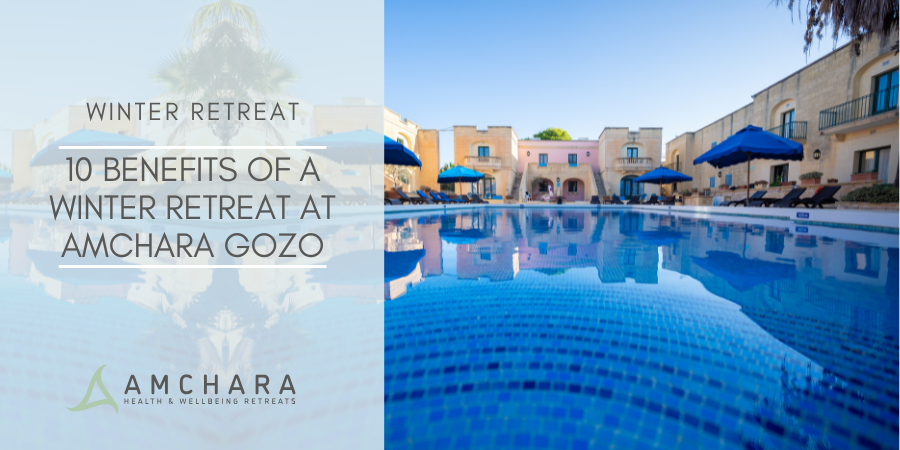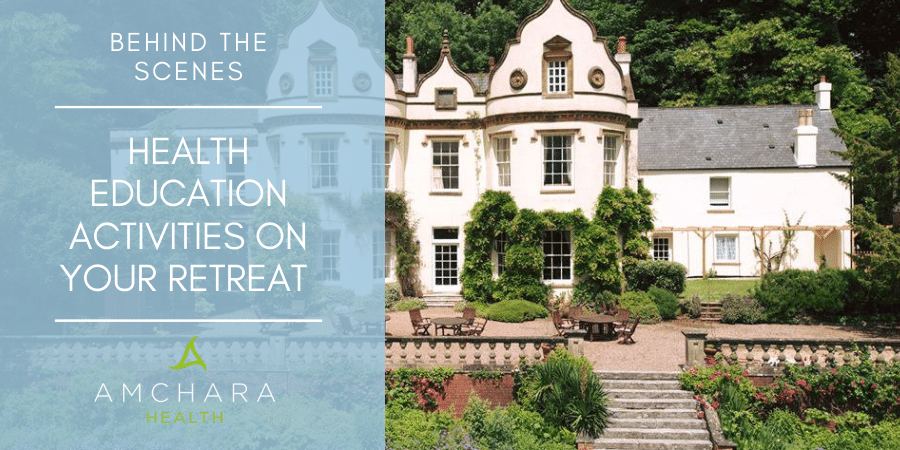Winter solstice marks the ‘rebirth of the Sun’ as it marks the shortest day of the year, when we have the least amount of daylight hours.
It does also mark the beginning of the increase of daylight hours right up until the Summer Solstice when darkness ascends once again.
Originating in Roman, Scandinavian and other pagan traditions, people feasted and celebrated the darkest night of the year and the return of the sun.
In fact, many of the traditions associated with Christmas today were adopted from earlier solstice customs and woven in to what we now know as Christmas.
In ancient Europe, the longest night of darkness was born out of the myths of the Norse goddess Frigga who sat at her spinning wheel weaving the fates, and the celebration was called Yule, from the Norse word Jul, meaning wheel.
The Christmas wreath, a symbol adapted from Frigga’s “Wheel of Fate”, reminds us of the cycle of the seasons and the continuity of life.
In Latin, solstice means sun set still so Winter Solstice represents the great stillness before the Sun’s strength builds.
The celebrations and lights of the ‘dark’ season are thought to be an attempt to cheer and galvanise everyone during the period of little sunlight in the depths of winter.
This lack of sunlight causes a drop in vitamin D and seratonin levels which can cause low mood or feelings of depression in some.
This feeling of melancholy can be overwhelming as the year comes to an end so parties and holiday time remind us that we are all experiencing it together.
5 Ways to Celebrate the Magic of Winter Solstice
1. A lovely way to mark Winter Solstice is to celebrate on the eve of the 21st December by writing two small notes; one to write an aspect of the year that you want to let go of, the second to write down an aspiration or wish to fulfil for the year to come.
You can then light a small bonfire or simply use a candle outside to burn the notes whilst reading aloud in a group or to yourself.
It is not rooted in religion so anyone can do it, it provides a good opportunity to take stock and recognise the wonder that surrounds us all the time, if only we opened our eyes and minds to see it.
2. Light a Yule log to lighten up long winter nights. Druids began this tradition to conquer the darkness, banish dark spirits and bring luck for the coming year.
You can gather loved ones around an open fire to celebrate together.
3. Honour the Sun by watching the sunrise or set. Feel the warmth of the sun on your face on a crisp winter day as you watch it ascend or descent into a blaze of beautiful hues.
4. Light candles or fairy lights to symbolise the increasing light. Light always shines the brightest in the dark, just as flowers eventually emerge out of the darkness of winter, we can use this powerful metaphor to remind ourselves of our own inner light, and of the need to acknowledge our own darkness.
5. Bring nature indoors. Spend time walking in the countryside, grounding, being mindful and grateful for nature’s wonders.
Spend quality time with loved ones on a nurturing nature walk gathering winter foliage such as holly, mistletoe, pinecones and evergreen sprigs.
Our solstice celebration combines a little bit of the old world (minus the human sacrifices) and a little bit of the new.
We build huge bonfires, put up hundreds of twinkle lights, play music outdoor all night long by candlelight, and express gratitude for the earth, the moon, and the sun.
We take moments to be silent and connect with nature.
We dance and howl and sing at the trees.
We drink wine and eat cheese and baked goods, too — it’s a party, after all.
But the solstice is not about religion. It’s about a natural occurrence in the earth, the planet spinning on as it is supposed to and always has. It is about being connected to Mother Nature and the elements.
| Winter solstice | |
|---|---|
 Lawrence Hall of Science visitors observe sunset on the day of the winter solstice using the Sunstones II. Lawrence Hall of Science visitors observe sunset on the day of the winter solstice using the Sunstones II. |
|
| Also called | Midwinter, Yule, the Longest Night, Jól |
| Observed by | Various cultures |
| Type | Cultural, astronomical |
| Significance | Astronomically marks the beginning of shortening nights and lengthening days |
| Celebrations | Festivals, spending time with loved ones, feasting, singing, dancing, fires |
| Date | about December 21 (NH) about June 21 (SH) |
| Frequency | Twice a year (once in the northern hemisphere, once in the southern hemisphere, six months apart) |
| Related to | Winter festivals and the solstice |
Source: https://en.wikipedia.org
READ NEXT:
- Winter Wellness
- How to Avoid the Consequences of Winter Over-Indulgence
- Winter Proof Your Immunity with Vitamin C
- Are You Getting Enough Vitamin D? (Winter is Coming)
External Links:





